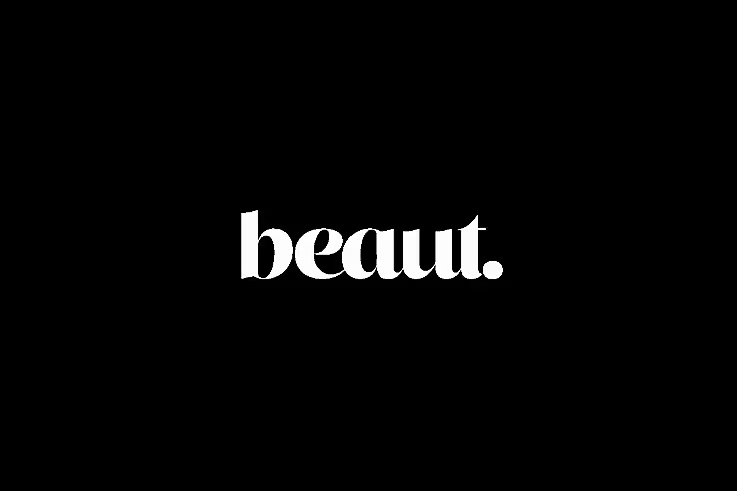
Today we've got a guest post from Elaine of Wigs And Gowns (who we know and love as PinkPanther here at Beaut.ie). Elaine's a fashion law consultant and feels very strongly about copying in the fashion industry - particularly the effect that it has on small designers. Check out her blog to keep up to date with all the news of who's faking it. Take it away Elaine!
Like Karl Lagerfeld’s ponytail, a certain amount of copying is both accepted and expected in the fashion industry. Fashion magazines regularly feature snippets (such as The Sunday Times’ ‘skinted or minted’ section), showcasing a designer original alongside the high street version inspired by it.

The past decade has seen an explosion in designer knockoffs. The technological advances available to fast fashion retailers means designer knock-offs can hit the high street just weeks after the looks are shown on the runway.
When we think of copying in the industry we often presume it’s the big corporations, Gucci, Prada, Louis Vuitton, that are being copied. And its not like most of us could ever afford them anyway so they’re not exactly losing customers, right? What’s the harm in buying a Primarni? But that’s not always the case. What about the small designers starting out?
Many designers find themselves in a David and Goliath situation. Here in Ireland we have a myriad of laws protecting fashion designers, copyright, trademark registration, and design protection. Technically, a lot of the ‘dupes’ are in breach of these laws. Unfortunately the smaller, niche designers targeted by the fast fashion giants don’t have the finance, time or team of lawyers required to take on a legal challenge and enforce their rights.
images via independent.ie, irishtimes.ie
Designing is not like sprinkling fairy dust; it requires years of practice, study and work to develop the necessary skills. It can take months for designers to develop textile prints, design a bespoke item of jewellery or to develop the perfect dress.
The basic philosophy behind intellectual property laws is that people will invest more time and energy in developing new and original designs if they can profit from them. This incentive is somewhat diminished if a designer’s work can be stolen the moment it is unveiled. Would you spend months developing something that will be reproduced on the high street and sold for a fraction of the price for no monetary reward or attribution?
Advertised
As a brand, Forever 21 is worth approximately 3 billion dollars and settling intellectual property cases appears to be a part of their business strategy.
Rather than pay a designer to license a design, it probably works out cheaper for them to steal a design and if they are sued, settle with the plaintiff.
Companies including Diane Von Furstenberg, Gwen Stefani and Anna Sui have all filed lawsuits against Forever 21 relating to copyright infringement. Countless smaller designers have also been copied by Forever 21, H&M and Nasty Gal. Sadly there is nothing they have been able to do to stop it. In many instances, small designers have contacted the copiers to address the situation but find their pleas go ignored.

In recent years designers have turned to ‘shaming’ those that have copied into removing the product from their shop floors via social media sites. Last year, jewellery design duo Tatty Devine discovered near identical pieces of jewellery to their designs on sale in high street giant, Claire’s Accessories. When Claire’s ignored their complaints, Tatty Devine posted their grievances on their blog. Before long the story had gone viral and was picked up by mainstream media and national newspapers. Amidst the storm of negative media, Claire’s promptly removed the designs. (Read the full story here).
But is this the answer? Surely naming and shaming organisations on social media is a last resort. It doesn't address the financial and emotional strains suffered by the designers who find themselves the victims of copying. The issue can be more easily resolved if organisations agree to pay for the designs that they use in the first place. Many small designers would be happy to discuss the possibility of licensing a design but don’t get the opportunity – their designs are taken and copied without their knowledge.
So while purchasing a designer dupe on the highstreet may seem harmless, remember, someone, somewhere put a lot of time and energy into creating the original. Intellectual property theft is not a victimless crime so let’s not encourage it.
Innovative, creative designers should be rewarded, not punished, and retailers should pay a license if they want to use a design that belongs to someone else.
Advertised
What do you reckon? Let me know!






